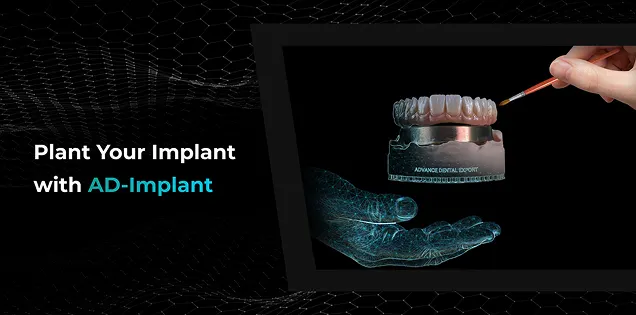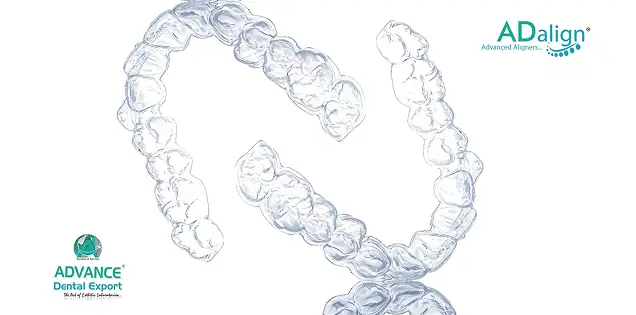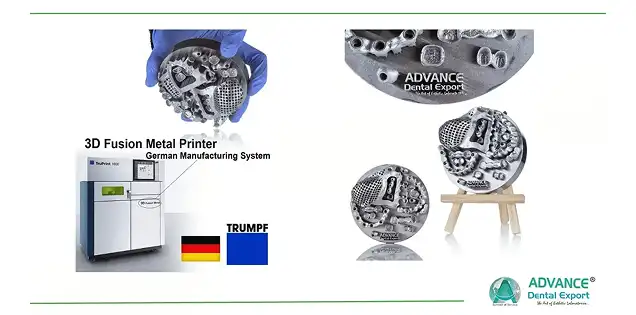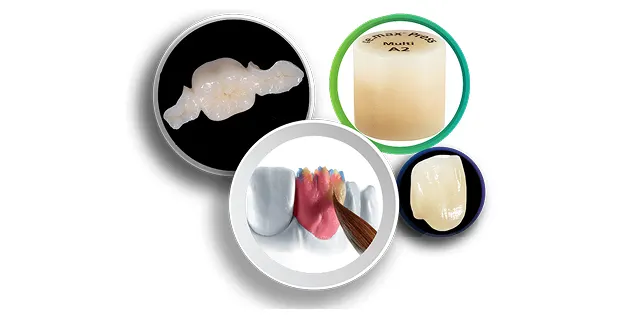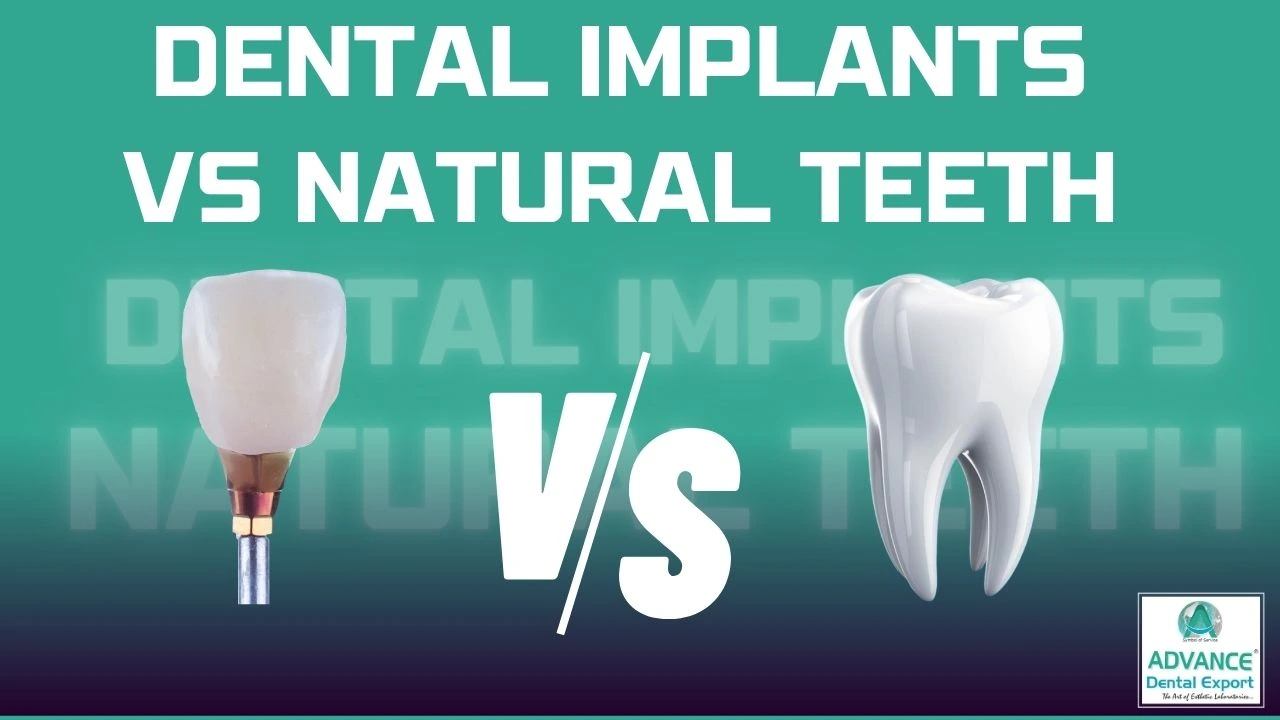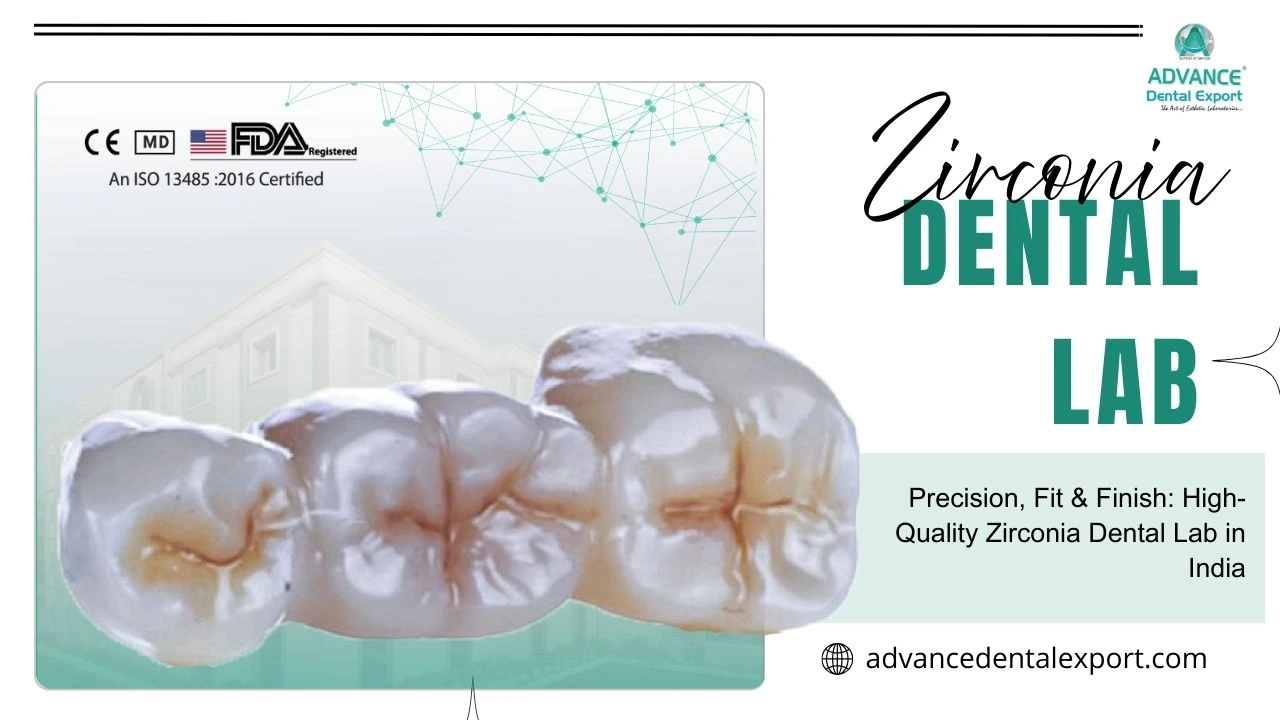Are you tired of crowns that chip too soon, causing frustration for both you and your patients? Do poor fits lead to sensitivity or even decay around the margins? And have you ever had a patient break out in allergies from metal restorations, wishing there was a gentler alternative?
Zirconia crowns solve these issues with unmatched strength, lifelike translucency, and a metal-free design that respects soft tissue health. They work seamlessly with digital scans for a precise fit and resist stains and wear for long-lasting smiles.
Ready to discover why dentists everywhere are switching to zirconia? Let’s dive into the top reasons that make Zirconia crown the go-to choice.
Top Reasons Dentists Choose Zirconia for Dental Restorations
Zirconia crowns have revolutionized restorative dentistry by combining cutting-edge materials science with patient-centered care. From unbreakable strength to stunning aesthetics, zirconia addresses the most common frustrations dentists and patients face—chipping, poor fits, and metal sensitivities—while fitting seamlessly into modern digital workflows. Below are the eight key reasons why clinicians are making the switch.
1. Exceptional Strength & Fracture Resistance
Zirconia crowns deliver a level of strength that transforms restorative outcomes and puts both dentists and patients at ease. Their unique crystalline structure resists cracks and chipping, even under the constant pressure of chewing and grinding. When you place a zirconia crown, you replace uncertainty with confidence—no more midweek emergency calls or last-minute repairs. Patients often share their relief when they bite into their favorite foods without a second thought.
This durability doesn’t come at the cost of bulk. Advances in manufacturing allow for thinner, more conservative restorations that still boast incredible toughness. You maintain more of the patient’s natural tooth structure, which supports overall oral health and reduces sensitivity. In practice, that means smoother appointments and happier smiles.
From first scan to final seating, zirconia crowns resist wear patterns that plague other materials. Even in high-stress zones like molars, they stand strong through years of service. This long-term reliability translates to fewer remakes, lower lab costs, and more time to focus on patient care.
2. Superior Aesthetic Appearance
Zirconia crowns now achieve translucency and color depth that mirror natural enamel, giving patients a seamless smile blend. Have you ever faced the frustration of a restoration that stands out under different lighting or reveals a dark line as gums recede? Modern multi-layer zirconia blocks allow technicians to craft internal color gradients—from a denser cervical region to a light, translucent incisal edge—so every crown mimics the intricate play of light in real teeth. Patients often comment on how their new restorations look so lifelike that they forget they ever needed a crown.
Explore Our Restorations
Digital shade-matching tools integrated into CAD/CAM dentistry workflows capture subtle nuances of tooth color, translucency, and surface texture before milling even begins. This precision reduces the need for manual stain and glaze adjustments, saving chair time and minimizing remakes. With consistent aesthetic outcomes, you strengthen patient trust and encourage them to maintain better oral hygiene, proud to show off their rejuvenated smile.
3. Outstanding Biocompatibility
Zirconia crowns are completely metal-free, eliminating the risk of allergic reactions or gum irritation that can come with traditional metal-based restorations. Have you ever treated a patient who broke out in allergic symptoms around a metal crown? With zirconia, sensitivity concerns vanish because the material is inert and gentle on soft tissues.
Because zirconia integrates so well with the body, it promotes healthier gum margins and reduces the likelihood of inflammation. Patients often report less postoperative soreness and faster healing when compared to Zirconia to PFM or full-metal alternatives. This biocompatibility also means fewer follow-up visits to address soft tissue issues, giving you more time to focus on restorative precision rather than managing complications.
4. Conservative Tooth Preparation
Zirconia crowns allow you to preserve more of the patient’s natural tooth structure by requiring thinner restorations than traditional PFM or glass-ceramic crowns. Did you know that you can design a zirconia crown with as little as 0.6 mm at the margin and just 1.0 mm of axial wall reduction, compared to the thicker layers needed for metal-based restorations? This conservative approach not only maintains enamel integrity but also supports the long-term health of the underlying tooth and pulp.
When prepping for a zirconia crown, aim for a uniform chamfer finish line of at least 0.5 mm and a gentle taper between 4° and 8°. These precise guidelines ensure the restoration seats are accurately and securely installed without over-trimming. By following these minimal reduction protocols, you reduce sensitivity and postoperative discomfort.
Preserving enamel means stronger adhesion and less risk of microleakage over time, translating into fewer remakes and happier patients. Patients appreciate that more of their own tooth remains intact, which can enhance their confidence in the treatment.
5. Minimal Opposing Enamel Wear
Polished monolithic zirconia is remarkably gentle on the teeth it bites against, causing wear on opposing enamel that’s comparable to—or even less than—natural enamel-on-enamel contact. Have you ever worried that a new crown might prematurely wear down your patient’s other teeth? With properly polished zirconia, you can reassure patients that their overall bite health is protected.
Clinical experience shows that a finely polished zirconia surface minimizes roughness and friction, keeping antagonistic wear to a bare minimum. In contrast, glazed or rougher ceramic surfaces can abrade enamel over time, leading to sensitivity or the need for future restorative work.
By choosing polished zirconia, you safeguard not just the crowned tooth but the entire occlusal environment, translating into long-term oral health and fewer follow-up visits for wear-related concerns.
6. Streamlined Digital Workflow
The incorporation of zirconia crowns into digital dentistry means you can go from intraoral scan to final restoration in a fraction of the time it used to take. Have you ever imagined completing a crown in a single appointment—no temporary, no second visit—while your patient waits comfortably? Digital scanners capture every nuance of tooth anatomy, and CAD software lets you design margins and occlusion with pinpoint precision.
Looking for a trusted lab partner? Get high-precision restorations from Advance Dental Export
Once the design is finalized, in-office milling machines or partner labs produce the crown within hours, not weeks, slashing turnaround times and keeping your schedule on track. This level of efficiency not only delights patients who dislike multiple visits but also boosts your practice’s productivity and profitability.
7. Stain & Chemical Resistance
Zirconia’s dense crystalline structure forms an almost impermeable barrier against everyday staining agents like coffee, tea, and tobacco. With zirconia, patients enjoy a bright, natural look without worrying about discoloration from acidic foods or harsh cleaning products.
Its resistance to acids and solvents means crowns stay vibrant even when patients use whitening mouthwashes or brush with abrasive pastes. By choosing zirconia, you offer smiles that won’t dull over time and reduce the need for polishing or touch-ups.
8. Long-Term Longevity & Return on Investment
Zirconia crowns are renowned for their durability, with most restorations lasting well over a decade and often remaining problem-free for 15 years or more. Have you ever wondered how many replacements your practice could avoid by choosing a material that maintains integrity under daily wear? Fewer fractures and less need for touch-ups mean patients stay happier and your schedule stays on track.
From a financial standpoint, the initial investment in high-quality zirconia is offset by significant savings over time. Reduced remake rates translate into lower dental lab fees and fewer emergency appointments, boosting your bottom line. In addition, satisfied patients who experience minimal complications often refer friends and family, expanding your patient base organically.
Conclusion
Zirconia crowns combine exceptional strength and biocompatibility to resist fractures and eliminate metal sensitivities, ensuring dependable performance over years of service. Their high translucency and customizable shade gradients deliver lifelike esthetics that blend seamlessly with natural enamel, boosting patient confidence. Long-term clinical reports show survival rates above 90% after a decade, meaning fewer remakes, lower costs, and lasting satisfaction for both you and your patients.
With these advantages in mind, zirconia crowns stand out as the future of restorative dentistry, delivering unmatched performance, esthetics, and value.

